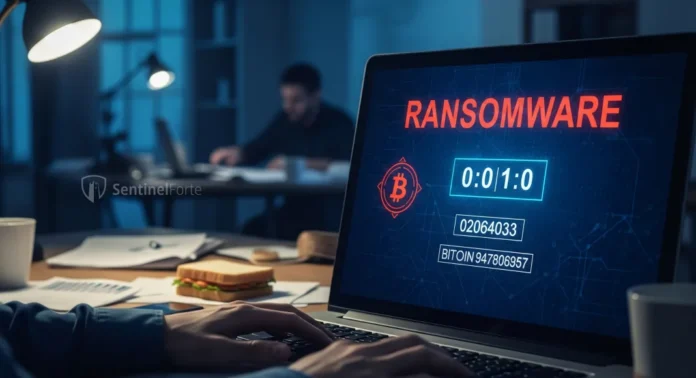Ransomware remains one of the most disruptive cybersecurity threats globally, causing billions of dollars in damages annually. Understanding ransomware—how it infects systems, how to detect its presence early, and how to recover swiftly after an attack—is crucial for individuals and organizations alike. This comprehensive guide explores ransomware prevention, detection techniques, and best practices for effective recovery, equipping you with the knowledge to safeguard your digital assets effectively.
Imagine waking up to discover your entire digital life, from personal photos to crucial business data, held hostage by cybercriminals demanding payment. It’s a terrifying reality faced by millions each year, including individuals, small businesses, and even large multinational corporations. Ransomware attacks have surged dramatically, with global costs expected to reach $42 billion by 2025, making awareness and preparation essential.
Before diving deeper into how you can protect yourself and your organization from ransomware threats, it’s helpful to understand exactly what ransomware is and how it operates. At its core, ransomware is a type of malicious software designed to encrypt the victim’s files, rendering them inaccessible until a ransom is paid—typically demanded in cryptocurrency to ensure anonymity.
Prevention: Shielding Your Digital Environment
The first line of defense against ransomware attacks is prevention. Strong preventative measures can drastically reduce your vulnerability. These include:
Regular Software Updates
Keeping operating systems, software, and applications updated ensures security vulnerabilities are patched promptly, reducing entry points for attackers.
Email Vigilance
Phishing emails are a common delivery method for ransomware. Train yourself and your staff to recognize suspicious emails, avoid clicking unknown links, and never download attachments from unverified sources.
Implementing Strong Security Solutions
Utilize reputable antivirus and anti-malware tools capable of detecting and neutralizing threats before they infect your system. Employ firewalls and advanced threat protection mechanisms.
Robust Backup Solutions
Regular backups stored offline or in the cloud ensure you can restore systems without paying ransoms. Ensure your backups are tested regularly for reliability.
Detection: Recognizing Early Signs
Early detection of ransomware can significantly limit its impact. Key strategies include:
Network Monitoring
Continuously monitor network activity to detect unusual traffic patterns indicative of ransomware infiltration. Anomalies such as rapid file encryption or sudden data movements should trigger alerts.
Behavioral Analytics
Advanced detection systems analyze behavior patterns rather than relying solely on known signatures. These systems can identify ransomware activity even in zero-day attacks.
Endpoint Protection
Modern endpoint security tools monitor devices closely, spotting and quarantining suspicious processes immediately, thereby containing potential threats.
Recovery: Responding to an Attack
Even with robust preventive and detection measures, ransomware incidents can still occur. Effective recovery protocols can minimize downtime and reduce financial impact.
Isolate Affected Systems
Immediately disconnect infected devices from the network to prevent ransomware from spreading further. Quick isolation limits damage to unaffected areas.
Restore from Backups
If backups are available, restore your systems using these clean copies. Prioritize critical systems to minimize operational disruption.
Seek Professional Assistance
Consider engaging cybersecurity experts to handle recovery efforts. Professionals can ensure that your recovery strategy is comprehensive, secure, and prevents re-infection.
Report and Document
Report the ransomware incident to relevant authorities and document every step taken. This helps law enforcement investigate and enhances your future preparedness.
Ransomware attacks are a severe threat, but with awareness, proactive prevention, diligent detection, and comprehensive recovery planning, you can significantly mitigate the risk and impact. Stay informed, remain vigilant, and adopt best cybersecurity practices consistently to defend your digital world.

